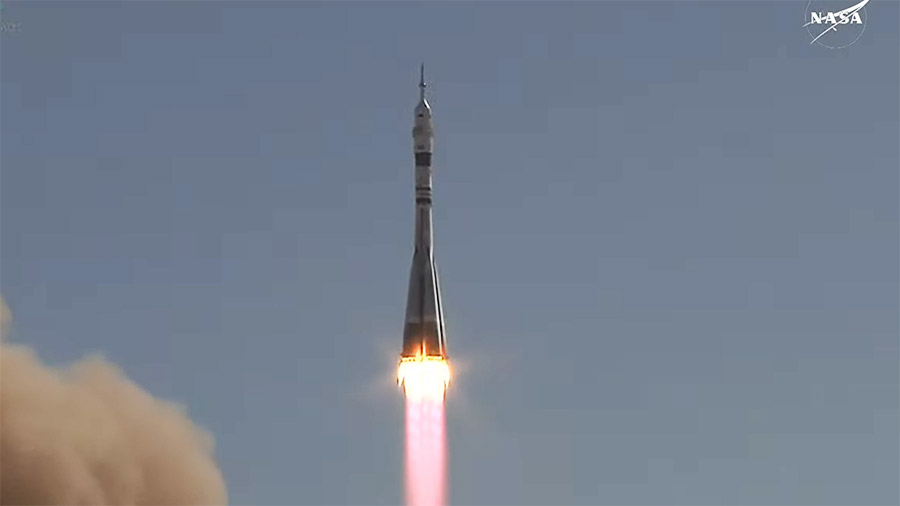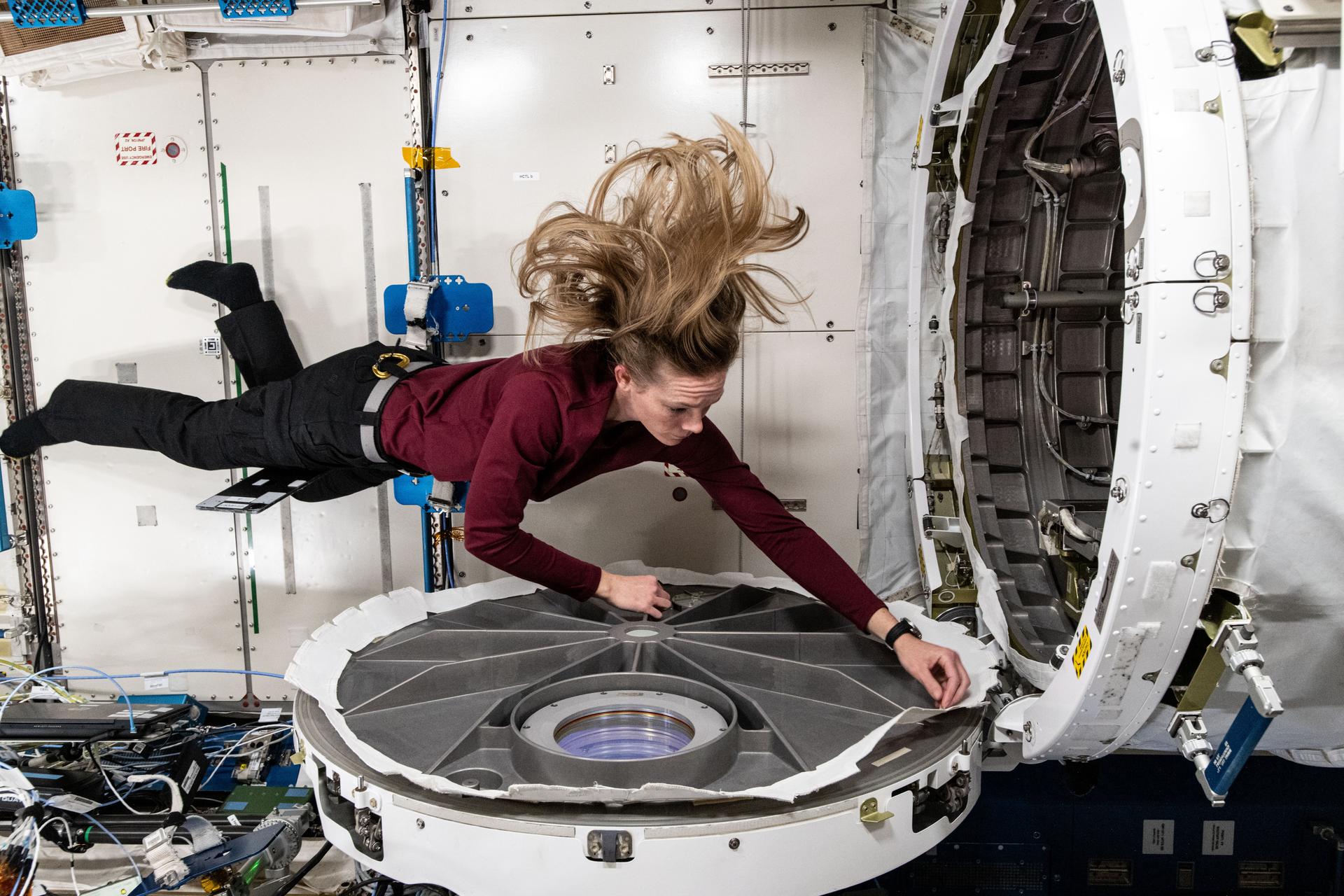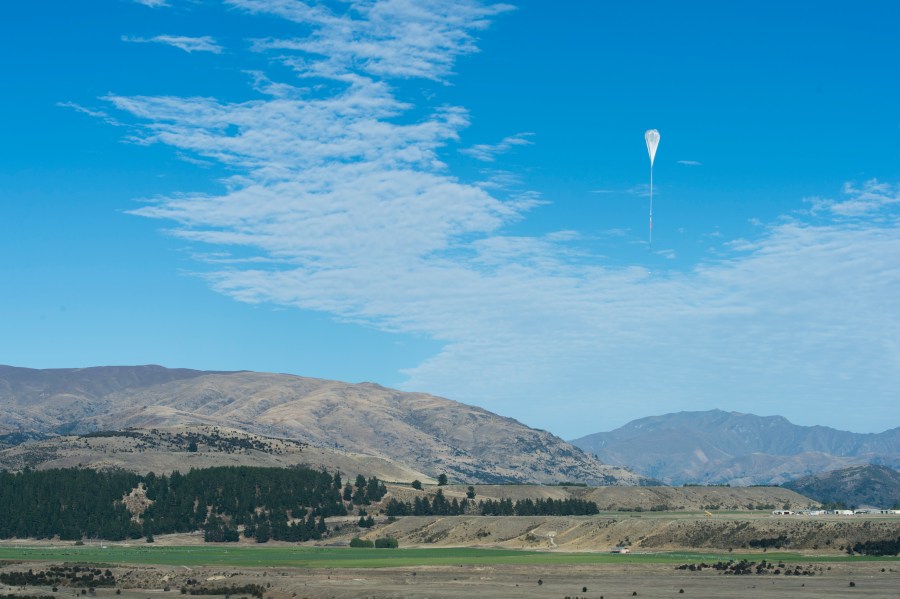NASA’s live hatch opening coverage is underway on NASA+. Hatch opening is scheduled to begin at 7:20 a.m. EDT.
Crew from NASA, Roscosmos Prepare to Enter Station for Research Mission


NASA’s live hatch opening coverage is underway on NASA+. Hatch opening is scheduled to begin at 7:20 a.m. EDT.

At 4:57 a.m. EDT, the Soyuz MS-27 spacecraft docked to the International Space Station’s Prichal module. NASA astronaut Jonny Kim and Roscosmos cosmonauts Sergey Ryzhikov and Alexey Zubritsky launched at 1:47 a.m. on April 8 (10:47 a.m. Baikonur time) from the Baikonur Cosmodrome in Kazakhstan.

NASA’s live coverage of the Roscosmos Soyuz MS-27 spacecraft rendezvous and docking is now underway on NASA+.

The crewed Soyuz MS-27 spacecraft is safely in orbit headed for the International Space Station following a launch at 1:47 a.m. EDT on April 8 (10:47 a.m. Baikonur time) with NASA astronaut Jonny Kim and Roscosmos cosmonauts Sergey Ryzhikov and Alexey Zubritsky aboard.

NASA’s live launch coverage is underway on NASA+ as teams prepare for launch of the Soyuz MS-27 spacecraft to the International Space Station, scheduled for 1:47 a.m. EDT (10:47 a.m. Baikonur time) from the Baikonur Cosmodrome in Kazakhstan.
Work on the NISAR satellite has been completed at the Indian Space Research Organisation (ISRO) Satellite Integration and Testing Establishment in Bengaluru, and preparations are under way to transport it to the launch site at the agency’s Satish Dhawan Space Centre in Sriharikota on India’s southeastern coast. NASA and ISRO now are reviewing potential launch …

Astronaut Anne McClain is pictured in the Destiny laboratory module wearing an experimental wearable dosimeter that measures radiation dosages crews are exposed to in real time aboard the International Space Station.

3D printing, space navigation, and human research filled the science schedule aboard the International Space Station on Thursday. The Expedition 72 crew members are helping researchers plan missions farther away from Earth with less support from mission controllers.
NASA’s Lucy spacecraft is less than one month away from its next asteroid encounter. As it approaches, Lucy is keeping an eye on its target, the small main belt asteroid Donaldjohanson, using its high-resolution imager, L’LORRI, for optical navigation. At its closest point, Lucy will fly 600 miles (960 km) from Donaldjohanson, a distance carefully […]

The window for NASA’s next scientific balloon campaign in Wānaka, New Zealand, has opened. The launches include two scheduled flights to test and qualify the agency’s super pressure balloon technology. These stadium-sized, heavy-lift balloons will travel the Southern Hemisphere’s mid-latitudes for planned missions of 100 days or more. Teams from the agency’s Wallops Flight Facility […]